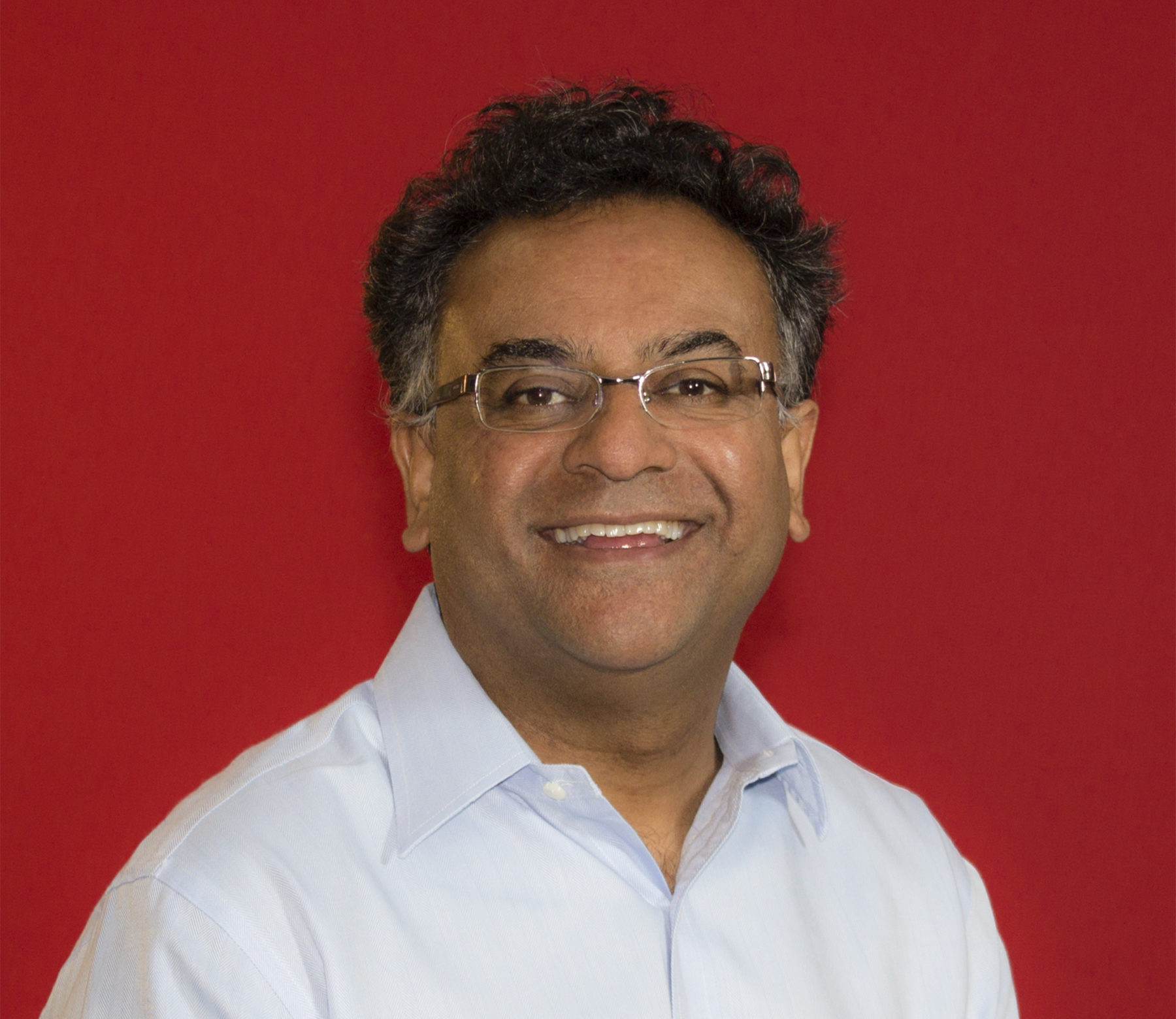Right now the pharmaceutical industry is undergoing a quiet revolution—and it has everything to do with how companies engage their healthcare professional customers. Driven by technology, new approaches are currently being trialed that promise a rethink for how physicians are kept informed on the latest treatments.
Two healthcare communication experts, Morten Hjelmsoe, Founder and CEO of Agnitio and Ritesh Patel, EVP, Chief Digital Officer of Ogilvy CommonHealth Worldwide, share their thoughts on the trend toward more customer-responsive communication.
What do you mean by “responsive communications”?
Morten Hjelmsoe: To understand that, we first need to consider what responsive communications is replacing. For many reasons, one of which being in a highly regulated environment, the pharmaceutical industry has been operating with a top-down push approach to communication. Everyone gets the same message, at the same time, in roughly the same way.
This approach is now coming under tremendous pressure. Why? It is increasingly difficult to get access to healthcare professionals to have a quality discussion. Healthcare professionals clearly don’t want to engage in that way.
Ritesh Patel: It’s very common that a sales representative has maybe just two minutes with a doctor. In some cases they do not get access to the doctors at all, like France, for example. It’s a huge problem!
Hjelmsoe: So one of the ways to regain this access is by making our communication more relevant. That’s what “responsive” really means. It’s about responding to each customer’s real needs. So rather than just communicating what you want to say, we first discover what each customer needs to hear—and then build from there.
Patel: In the pharmaceutical industry, a lot of the communication traditionally came through sales reps. I think the future is about the sales rep becoming more of a relationship manager as opposed to the “iPad-carrying messenger,” as I call them. Being relationship managers means responding to customer needs on an individualized basis.
Why is this happening now?
Patel: Technology! I think there is a major shift happening with our customers, but it’s one that the pharmaceutical industry is only now coming to terms with. The way that healthcare professionals consume content is changing rapidly—mirroring general trends for more individualized communication—thanks to digitization.
The good news though is that we can use this new technology to meet these evolving demands.
Hjelmsoe: That’s right, the problem initially was that we lacked the technology to respond effectively. When we worked with only paper-based materials, we very much depended on the quality of the sales rep—fine-tuning the material to the customer in front of him. The problem was that less-skilled reps couldn’t do this. But now with new technology, we have the opportunity to help the sales representatives be more responsive by providing more flexible systems.
We are truly just arriving at an interesting place: The industry is looking to engage customers in a different way and we have technology that allows us to be more responsive.
How does responsive communication work?
Hjelmsoe: Practically speaking, we’re talking about more flexible communication systems. So when a sales rep meets with a healthcare professional, the physician is basically in charge of the conversation. They are not sitting back passively listening, but rather working at their own speed through the material. Then if they want to go deeper into any topic, the information has to be available and in any channel that they want.
So really it is about responding to what the physician needs to know and also how they want to receive the information. That simply wasn’t possible before.
What implications does this have for the life science industry?
Patel: First, it should make the sales rep’s job easier in some ways. Right now, reps have to cope with very different knowledge levels. A sales representative might talk to a cardiologist who is highly informed on a specific topic one minute, and then later speak to another cardiologist who needs more basic information.
If the sales reps have content that is dynamic—meaning that it is able to respond more to the individual—everyone is going to have a much better conversation.
Hjelmsoe: That’s why the next generation of communications will address people on an individual level.
Patel: Yes and to get there, we have to first change how we are thinking.
Hjelmsoe: Exactly, it means we have to start working in a decentralized way because we have to operate at a local level to have any chance of responding to individual needs.
So one of the big questions for the life science industry is how to be centralized enough to fulfill our legal and strategic objectives and obligations, yet simultaneously localized enough to deliver truly relevant value, not only to the local markets but also to individual healthcare professionals.
Right now the industry is working these issues out because it knows that it needs to change.
Patel: And that’s why I support the use of pilot projects. If you focus on a test market and a smaller brand, it’s possible to work these issues out, learn from them, and then expand from there.
Hjelmsoe: Responsive communication is a general trend in communications worldwide: All of us as consumers increasingly expect to receive information and services that respond to our personal needs and requirements. So this is a really exciting time across many industries. But in the life science industry in particular, the pressing need is to become relevant to our customers again, which is resulting in a lot of innovative thinking and initiatives taking place right now.
To dig further into responsive communication you can review this brand new survey in which pharma marketers take the temperature on responsive communications. In it, you’ll learn, among other things, that 53% believe pharma is worse than other industries in responding to individual needs.







